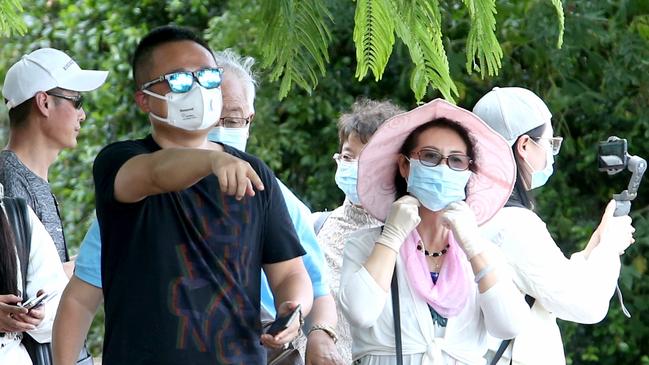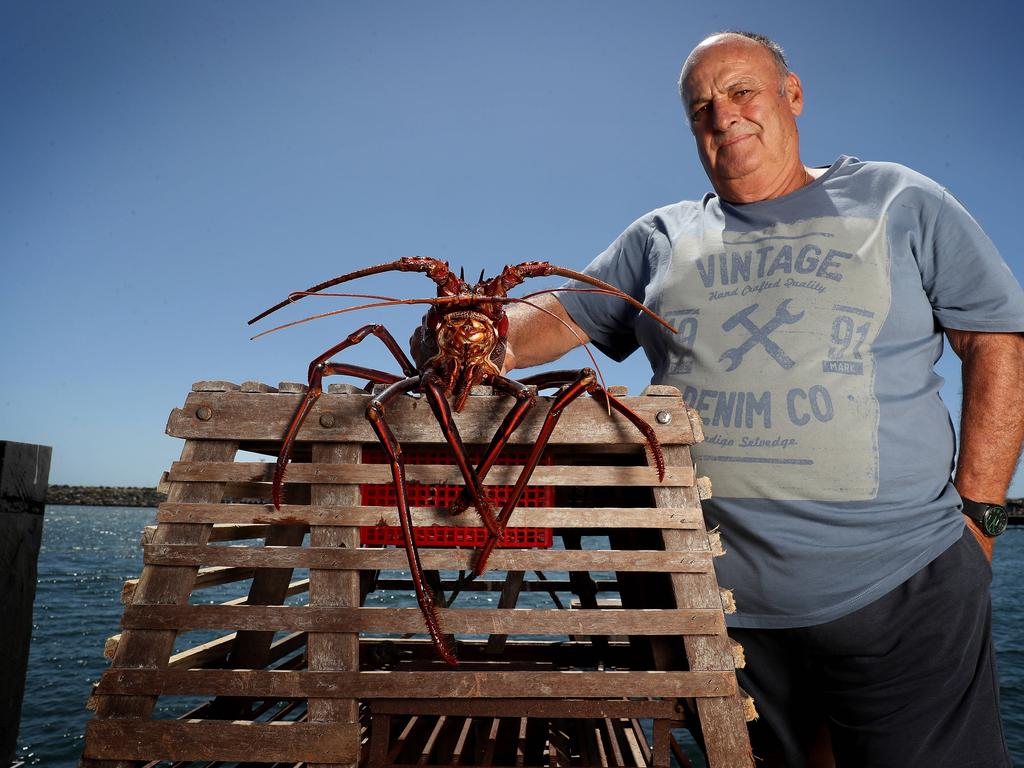Tourist industry trembles over China coronavirus hit
Australia’s tourism industry is facing a loss of billions of dollars as the coronavirus keeps Chinese at home, analysis suggests.

Australia’s tourism industry is among key sectors bracing for a hit from the coronavirus outbreak, as it poses a “risk” to the nation’s economic outlook.
While analysts caution it’s too early to predict the full impact on Australia’s economy, UBS economists say the key Chinese tourist market is one area of worry, after Beijing announced a halt on all outbound group tours for a minimum of two months.
They estimate a two-month halt on Chinese package tours alone would directly cost Australia at least $1bn in services exports.
While in 2003, short-term arrivals from China were only 200,000 a year, or about a 7 per cent share of the market, they are now about 1.5m, or 19 per cent.
By value, Chinese visitors make up about 30 per cent, or $20bn, of total inbound tourism, according to UBS quantitative analyst Pieter Stoltz.
He estimates 17 per cent or $3.3bn of this spending is from group tours and notes that February and March are two of the busiest months for Chinese travellers to Australia, accounting for about a quarter of annual arrivals.
“However, if travel disruptions are extended, or expand to cover independent travellers, the cost could be much greater,” Mr Stolz warns.
“Secondary impacts could be multiples of this amount; particular if commodity exports are affected.”
Westpac has taken a slightly wider view of the impact of the coronavirus to take in other services exports like education - an important source of growth for the Australian economy.
Chief economist Bill Evans says net service exports contributed 0.4 percentage points of a 2 per cent rise in GDP in the year to the September quarter 2019.
And the total value of services exports per year is about $100bn, including $64bn from travel and education. Chinese students and tourists represent 27 per cent of those exports, or 0.85 per cent of GDP.
“Consequently the direct effect of a complete shutdown of Chinese tourism and student travel for a year would reduce GDP by almost one percentage point with significant additional multiplier effects,” Mr Evans warns.
“However such an outcome is extreme – well beyond the experience during the SARS outbreak of 2003 – and we can only await a clearer picture of developments over the next few months.”
Mr Evans adds that the important issues in estimating the impact on Australia’s services exports include: the resilience of the virus; the impact on student travel and the impact on tourism.
For now, Westpac is not including this effect in its current growth forecasts given the high degree of uncertainty, he says.
Westpac predicts the Reserve Bank will lower its 2020 growth forecast from 2.8 per cent to 2.6 per cent in the updated economic forecasts in its quarterly Statement on Monetary Policy next Friday.
That compares with Westpac’s forecast of 2.1 per cent - with no coronavirus effect included - and will be justified by the weaker than expected momentum in 2019, plus some allowance for the impact of bushfires and coronavirus, according to Mr Evans. “However these latter effects will be considered transitory and the “bold” forecast of 3.1 per cent growth in 2021 will likely be retained.
Such an approach is entirely consistent with Westpac’s expectation that the next rate cut will be in April following the December quarter national accounts and the next “snapshot” of Australia’s growth momentum.
The RBA is expected to keep rates on hold at its February meeting next Tuesday.







To join the conversation, please log in. Don't have an account? Register
Join the conversation, you are commenting as Logout